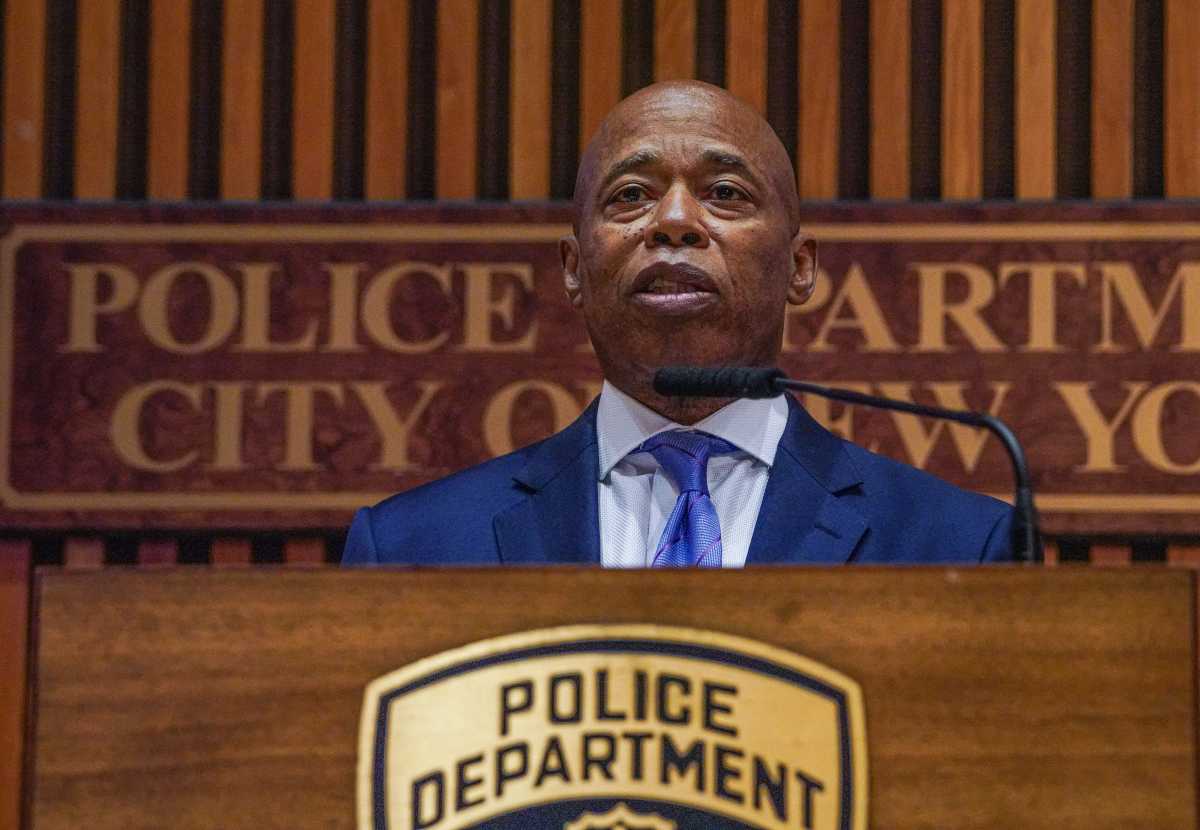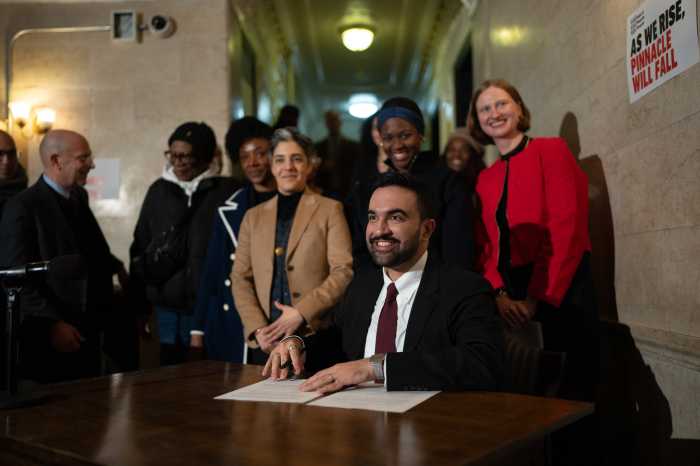BOROUGH PRESIDENT HELEN MARSHALL
This week, Holliswood Hospital plans to begin laying off almost 400 employees after failing to secure working capital financing to avoid closure.
Sad as this is, the announcement is just the latest in a litany of closed hospitals in Queens in recent years. In 2002, Queens had 14 acute care hospitals. Now, Holliswood follows Peninsula, St. John’s Queens, Mary Immaculate, Parkway and St. Joseph’s.
From western Queens to the Rockaway peninsula, many of our borough residents are in danger of not being able to reach a nearby hospital when threatened by medical emergencies where time is critical. These closings came in a borough that was already underbedded and underserved across a wide spectrum of medical services. Six years ago, I released a report, “A Vision for a Comprehensive and Sustainable Healthcare Delivery System in Queens,” that called for new hospitals in western Queens and on the Rockaway peninsula.
Yet today, hospitals continue to close their doors and the remaining ones have no ability to cope with a surge in patient census brought on by a natural disaster like Sandy or another outbreak like swine flu, which several years ago forced Jamaica and Queens Hospital Center to set up triage areas in vehicles and tents.
A recent public report showed that in 2009, healthcare spending in the U.S. averaged more than $6,800 per person, although there were wide variances among the different states.
Here in Queens, our hospitals are doing the best they can as they cope on a daily basis with a smorgasbord of problems that include deep cuts in Medicaid subsidies, low insurance reimbursement rates, “right-sizing” their institutions as they work with State health officials to perhaps increase the number of their medical/surgical beds, or add tertiary care services, such as cardiac cath labs, cancer programs and diagnostic capabilities with new state-of-the-art equipment.
The problem is so severe that as your borough president, I felt compelled to provide $15 million in capital funding from my budget to purchase sophisticated medical equipment for our hospitals. This comes at a time when more and more patients use hospital emergency rooms as neighborhood doctors.
At a public hearing in February, Queens Hospital Center alone had a wish list of $4.7 million in capital funding. This one hospital had more than 104, 450 Emergency Room visits from July 2011 to the end of June 2012.
During the remaining months of my term as borough president, I will continue to work with our healthcare providers, the State Department of Health and Governor Andrew Cuomo in a combined effort to provide accessibility to healthcare. On the Rockaway peninsula, St. John’s Episcopal is the only acute care hospital on a stretch of New York City with limited access and thousands of vulnerable residents in nursing homes, group homes and senior citizen housing.
On the upside, we have seen our remaining hospitals add new services and expand existing ones. We have seen major expansions in orthopedics and cardiac and cancer care. We have also seen the growth and development of community-based primary and Urgent Care Centers in Queens. This is driven in part by the development of Managed Long Term Care (MLTC) companies, established through the recent Medicaid redesign efforts of New York State and the full implementation of the federal Affordable Care Act in 2014. The intent and goal is to reduce overcrowding in emergency rooms and provide people with a “medical home” where they can access primary care for all members of the family. Let’s ensure a good outcome that puts our collective feet on the road to recovery.
RECOMMENDED STORIES
- Holliswood Hospital closes
- Shuttered Parkway Hospital to be auctioned
- Potential purchaser eyes Peninsula Hospital



































